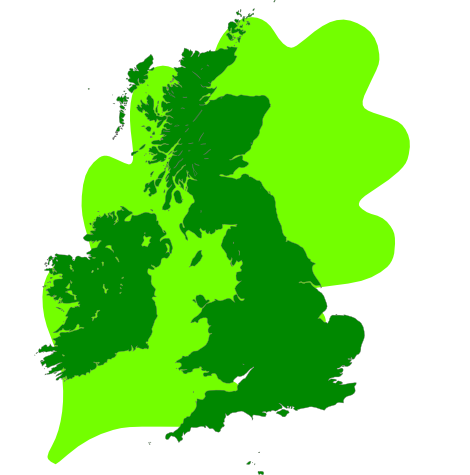Search the Gazetteer
Are the results not as expected? Modify your search term or change the scope to refine your search.
Lindisfarne Castle, Northumberland (Tudor Fort)
Lindisfarne Castle is a 16th-century fort on Holy Island in Northumerland. It was constructed to defend the harbour at Holy Island from attack as part of a national strengthening of coastal defences during the reign of Henry VIII. The castle was strategically vital during the Scottish Wars of the mid-1500s and later saw action in the Civil Wars and the Jacobite Rebellion of 1715. Much altered by famed architect Sir Edwin Lutyens in 1901 to serve as a magnificent stately home for Edward Hudson. It is within the council area of Northumberland.
Historic England Grade I Listed 1042306.
Place Type: Tudor Fort
Historic County : Northumberland
Island: Holy Island (Lindisfarne)
Lat, Long: 55.669076,-1.7847482
Grid Reference: NU136417
Police Area: Northumbria
Council Area: Northumberland
Civil Parish: Holy Island CP
Country: England
GBPNID: 302922
Entry Type: Main listing (P)
URL: https://gazetteer.org.uk/place/Lindisfarne_Castle,_Northumberland_302922
 Explore Lindisfarne Castle on Wikishire
Explore Lindisfarne Castle on Wikishire
 Peruse Northumberland on Wikishire
Peruse Northumberland on Wikishire
View on full map
Historic England Grade I Listed 1042306.
Place Type: Tudor Fort
Historic County : Northumberland
Island: Holy Island (Lindisfarne)
Lat, Long: 55.669076,-1.7847482
Grid Reference: NU136417
Police Area: Northumbria
Council Area: Northumberland
Civil Parish: Holy Island CP
Country: England
GBPNID: 302922
Entry Type: Main listing (P)
URL: https://gazetteer.org.uk/place/Lindisfarne_Castle,_Northumberland_302922
 Explore Lindisfarne Castle on Wikishire
Explore Lindisfarne Castle on Wikishire Peruse Northumberland on Wikishire
Peruse Northumberland on WikishireView on full map
Lindisfarne Priory, Northumberland (Ecclesiastical Monument)
Lindisfarne Priory is a ruined monastery on Holy Island, Northumberland. The monument includes the site of the pre-Conquest monastery of Lindisfarne and the Benedictine cell of Durham Cathedral that succeeded it in the 11th century. The monastery of Lindisfarne was founded around 634 by the Irish monk Aidan, who had been sent from Iona to Northumbria at the request of King Oswald. Saint Cuthbert was a monk and later abbot of the monastery. It survived as a religious house in some form until the Dissolution, although the tradition of making religious pilgrimages to the island has never ceased. The visible remains mostly date from the Norman period. The 11th-century Church of St Mary the Virgin is the only original building that has been more or less continually maintained and which remains standing. The monument is within the council area of Northumberland.
Historic England Scheduled Monument 1011650.
Place Type: Ecclesiastical Monument
Historic County : Northumberland
Lat, Long: 55.668933,-1.8009807
Grid Reference: NU126417
Police Area: Northumbria
Council Area: Northumberland
Civil Parish: Holy Island CP
Country: England
GBPNID: 319264
Entry Type: Main listing (P)
URL: https://gazetteer.org.uk/place/Lindisfarne_Priory,_Northumberland_319264
 Peruse Northumberland on Wikishire
Peruse Northumberland on Wikishire
View on full map
Historic England Scheduled Monument 1011650.
Place Type: Ecclesiastical Monument
Historic County : Northumberland
Lat, Long: 55.668933,-1.8009807
Grid Reference: NU126417
Police Area: Northumbria
Council Area: Northumberland
Civil Parish: Holy Island CP
Country: England
GBPNID: 319264
Entry Type: Main listing (P)
URL: https://gazetteer.org.uk/place/Lindisfarne_Priory,_Northumberland_319264
 Peruse Northumberland on Wikishire
Peruse Northumberland on WikishireView on full map
« First ‹ Prev ( Page 1 of 1 ) Next › Last »


 Menu
Menu